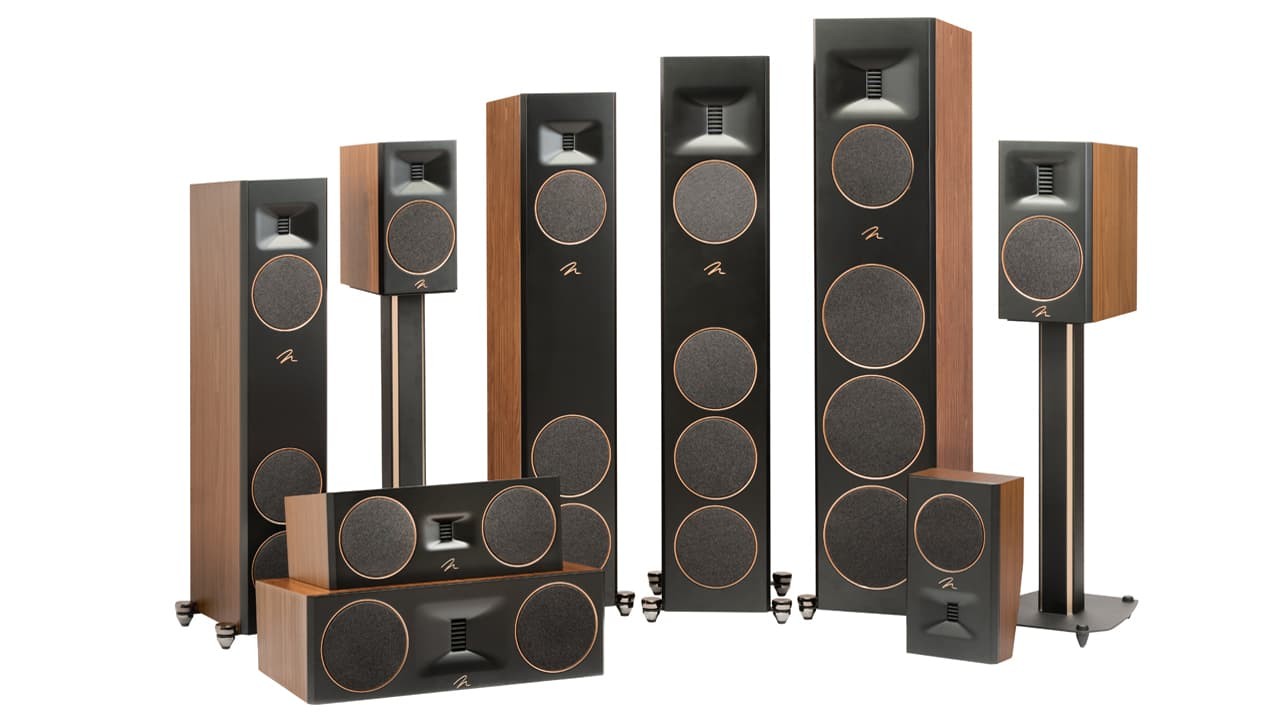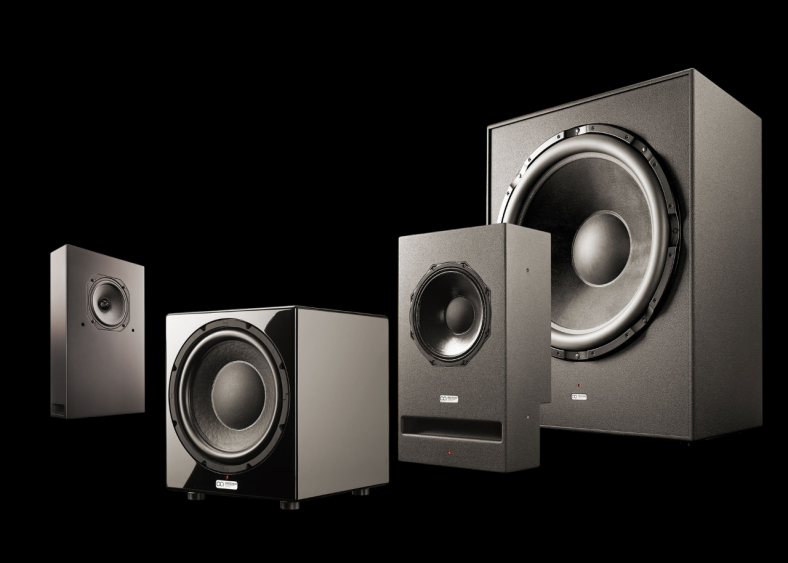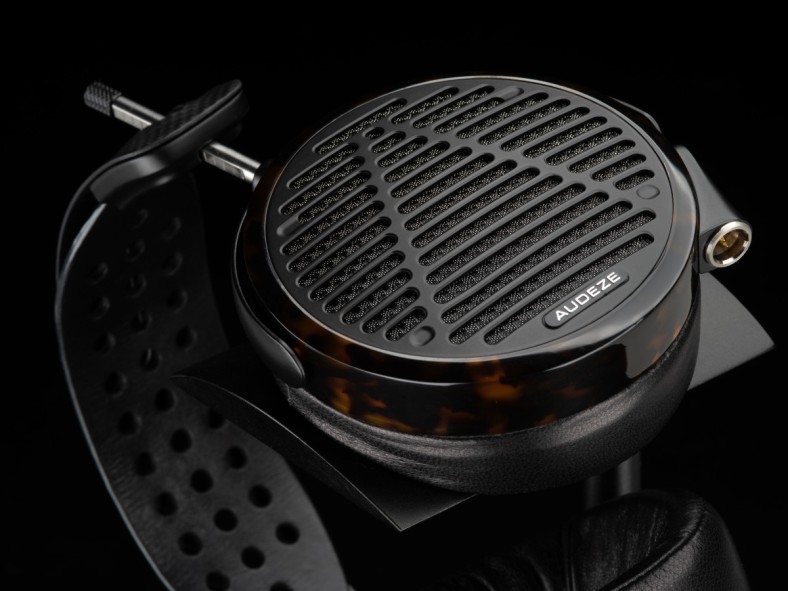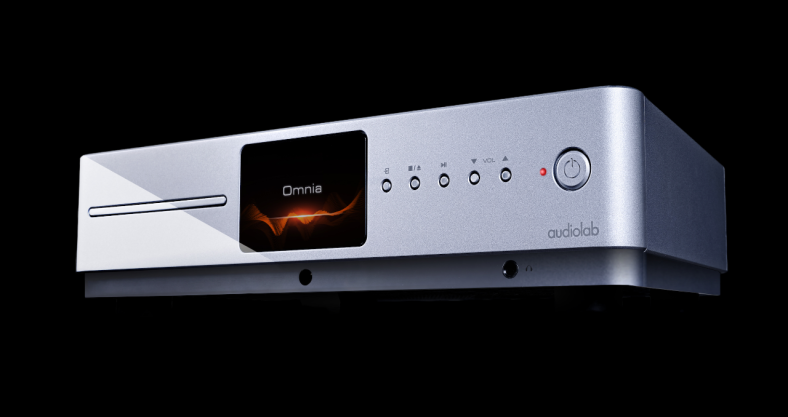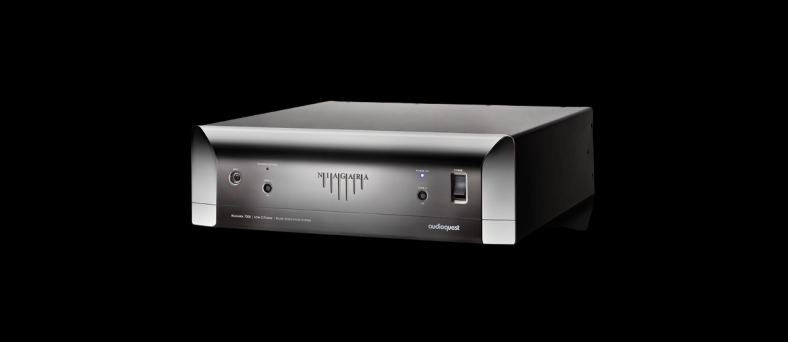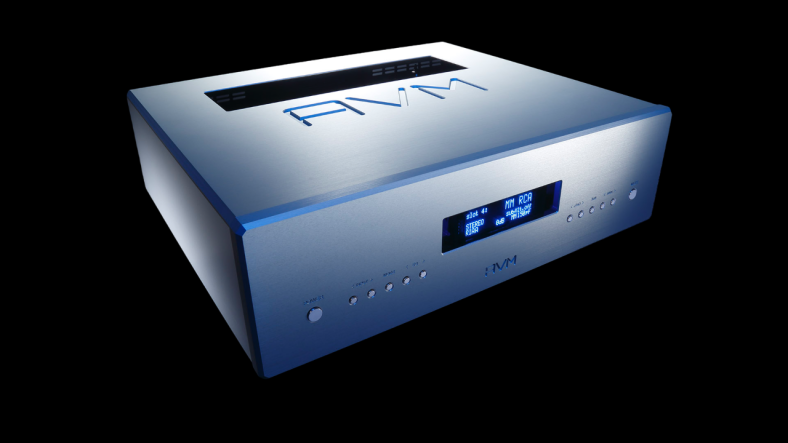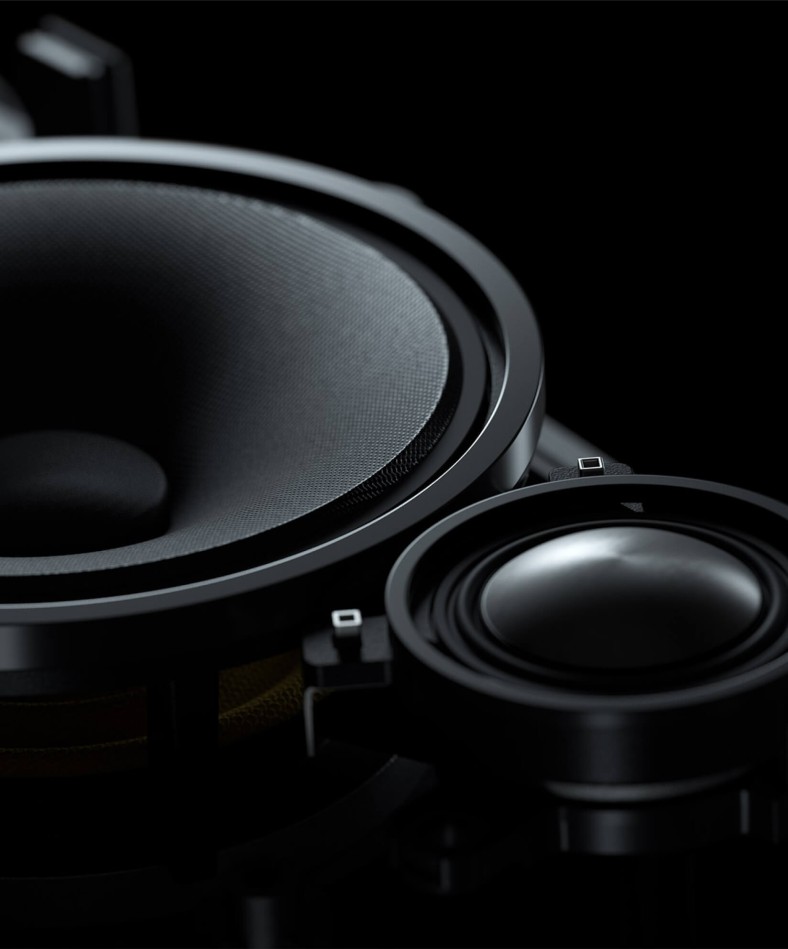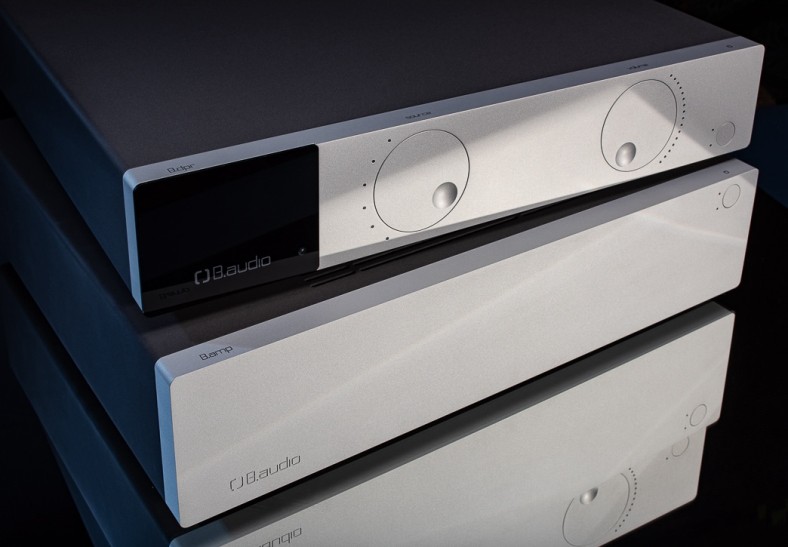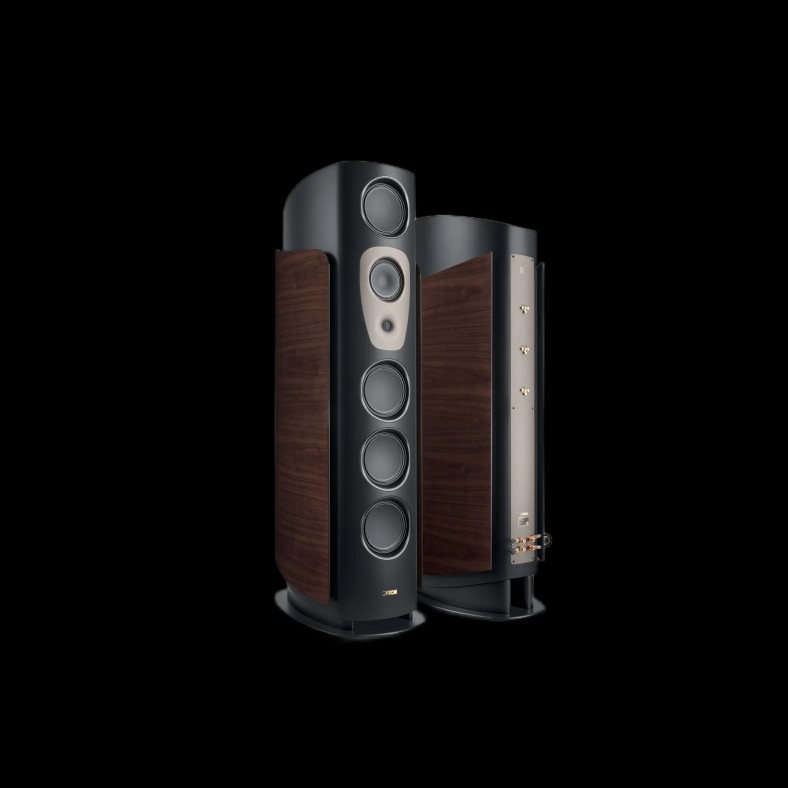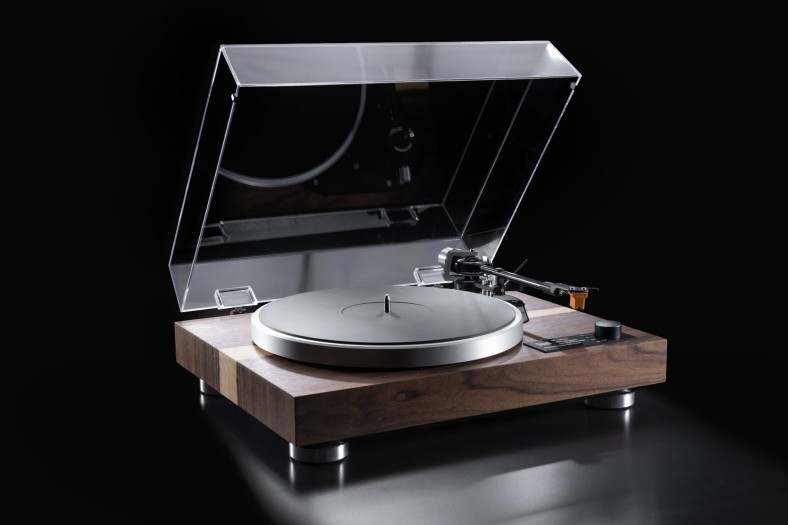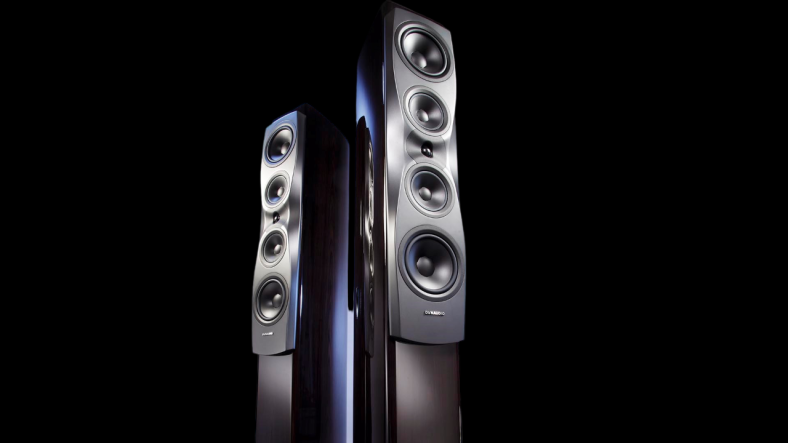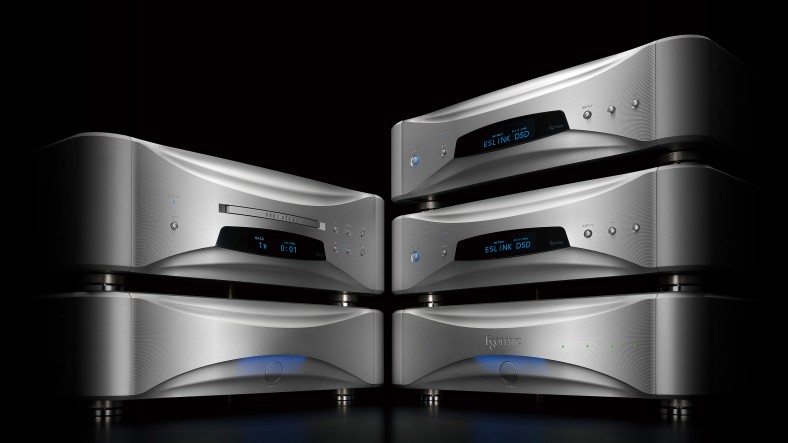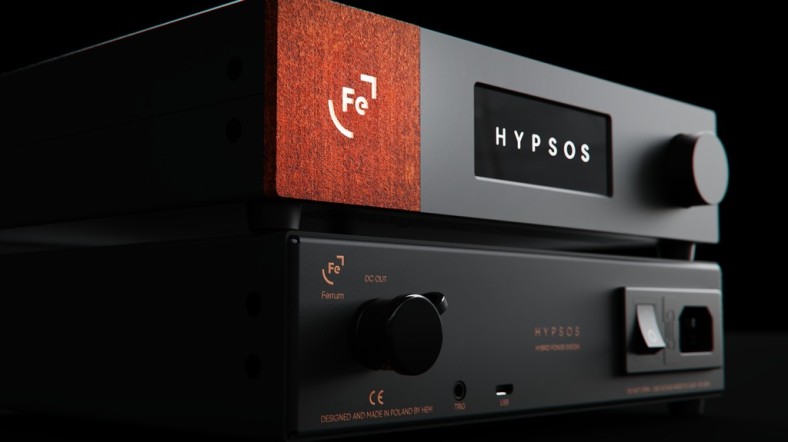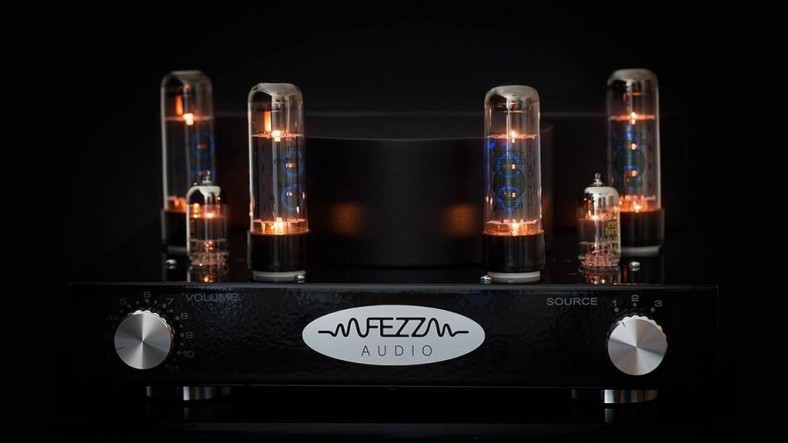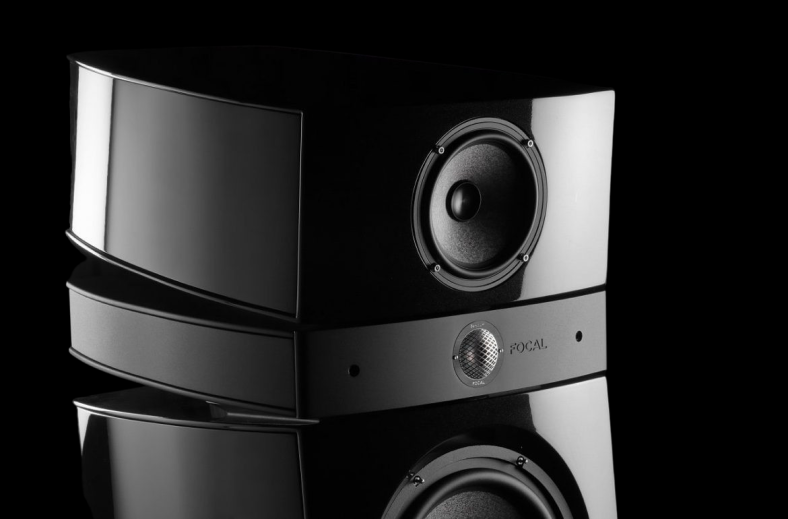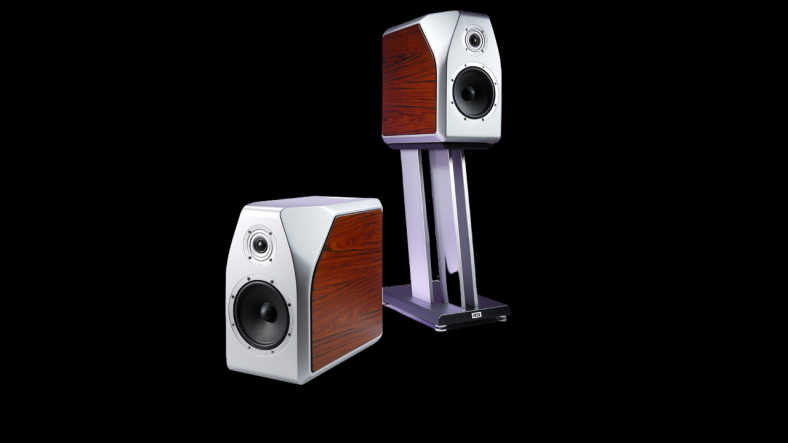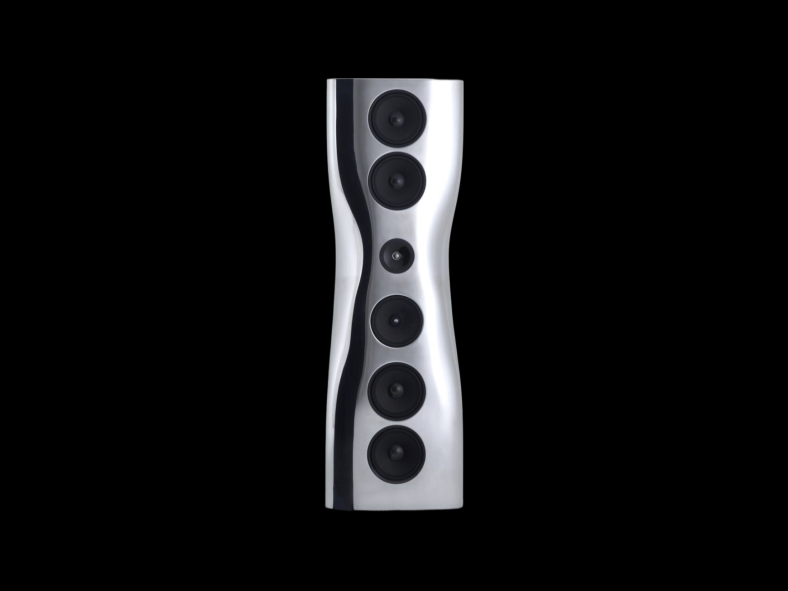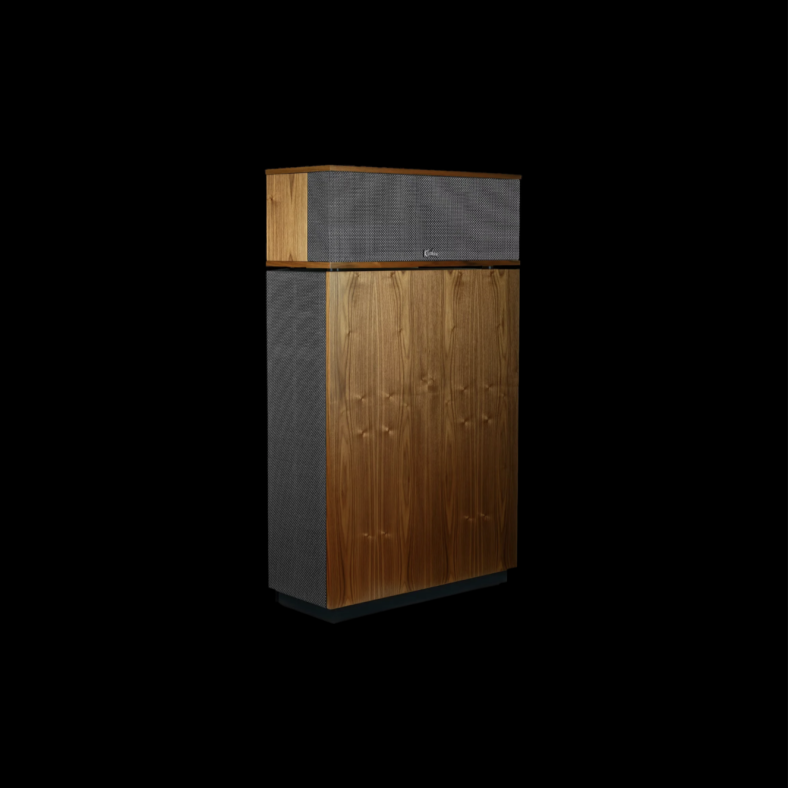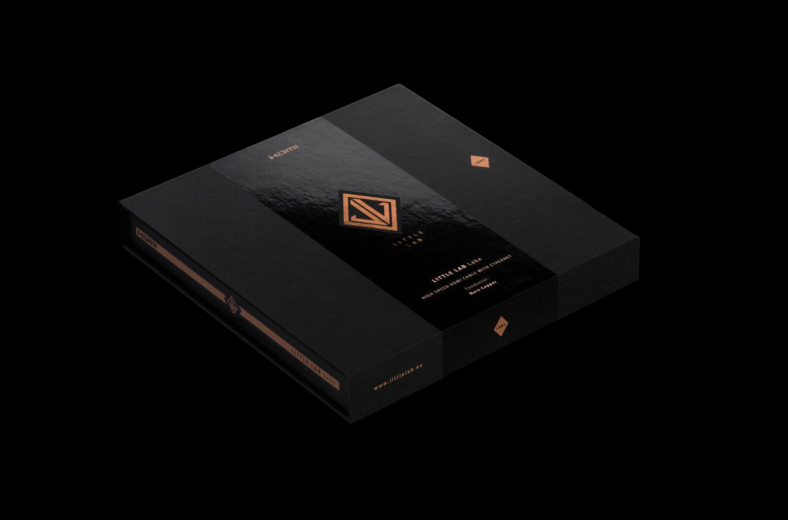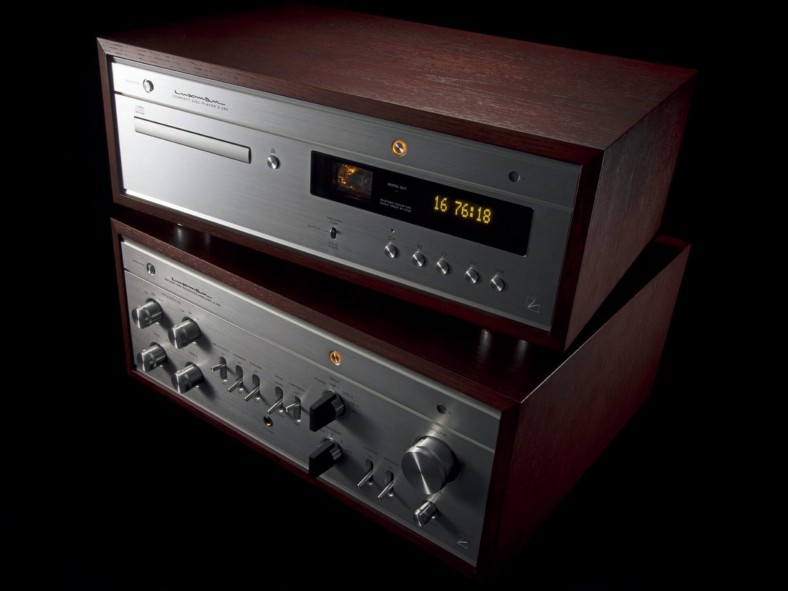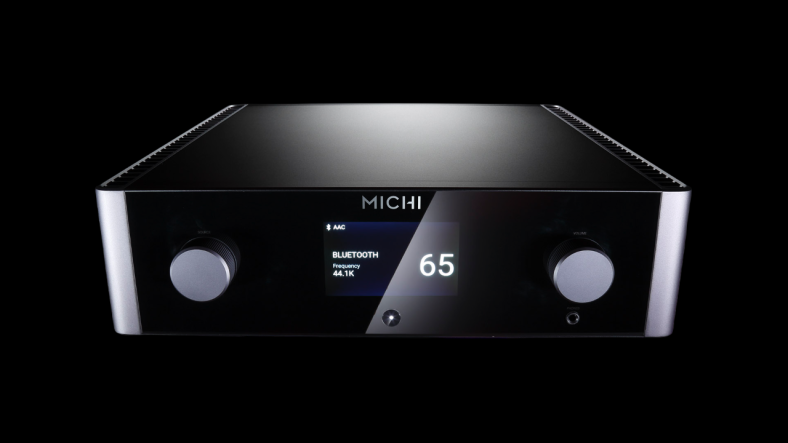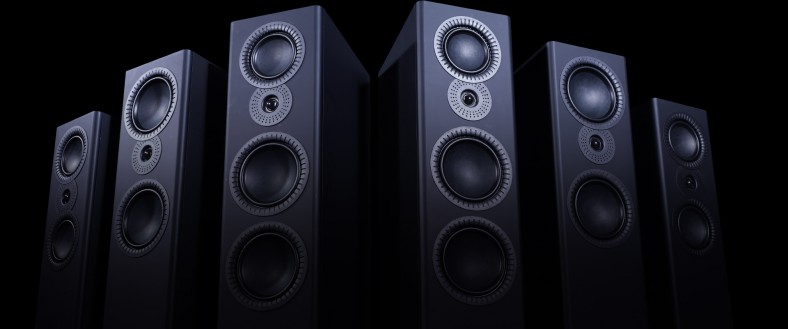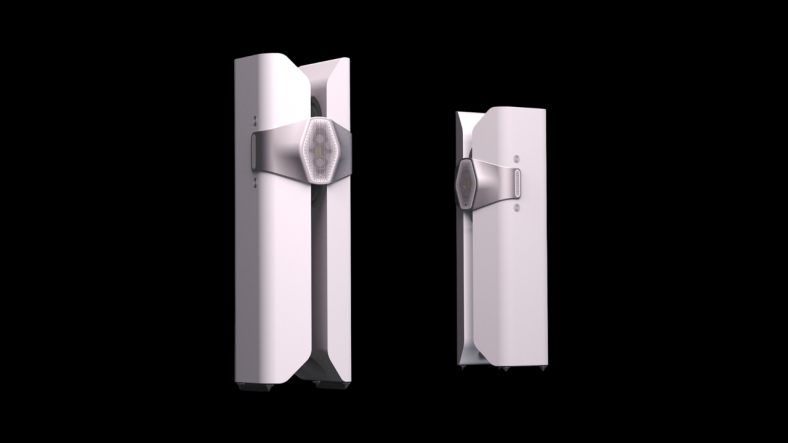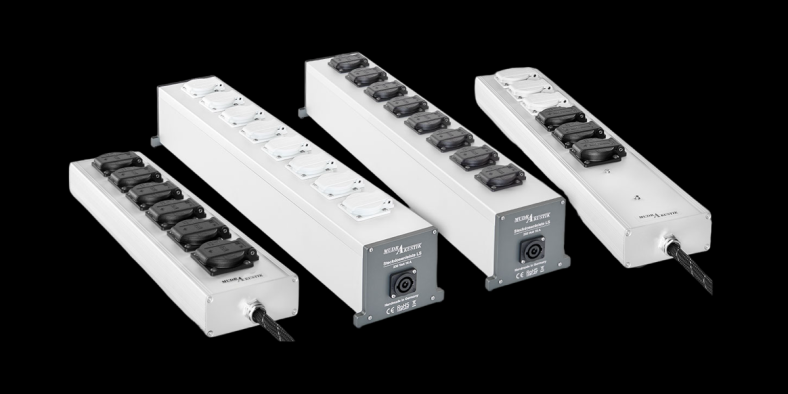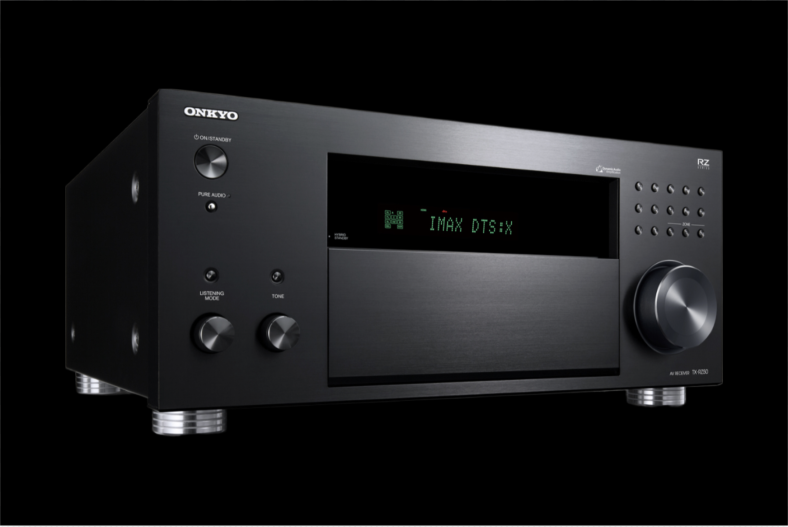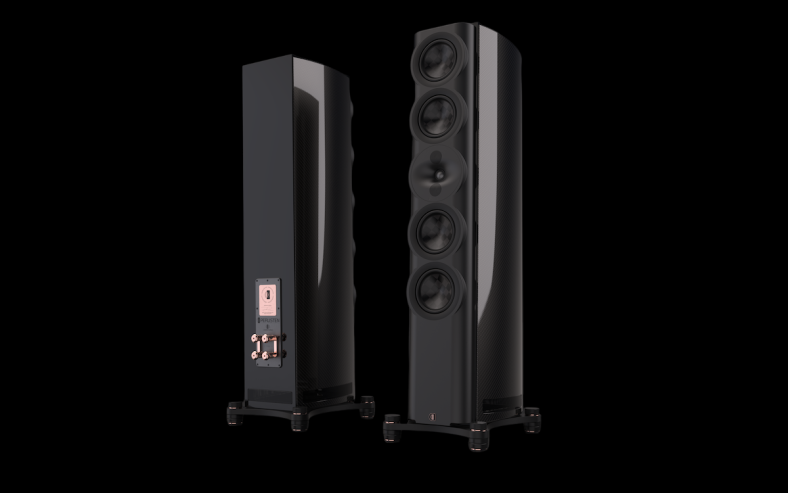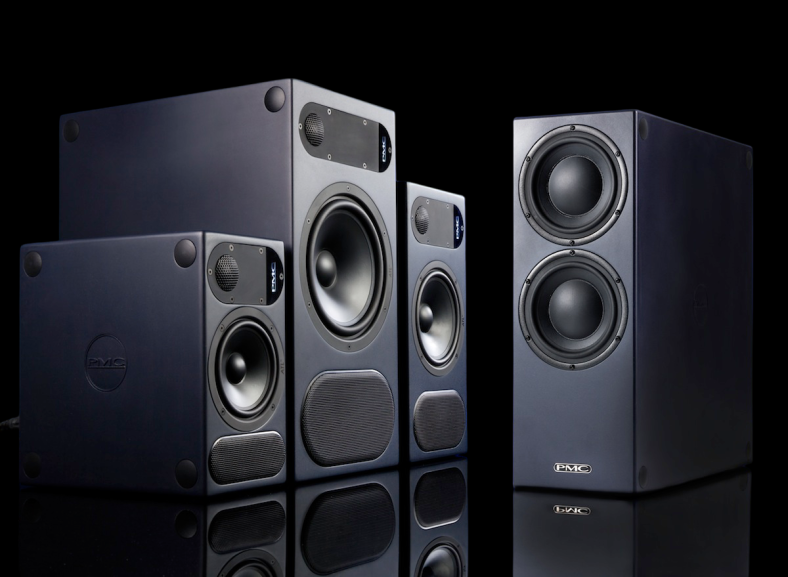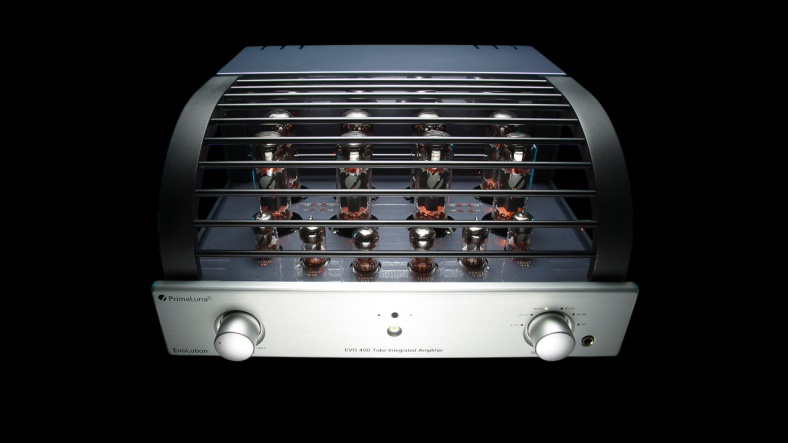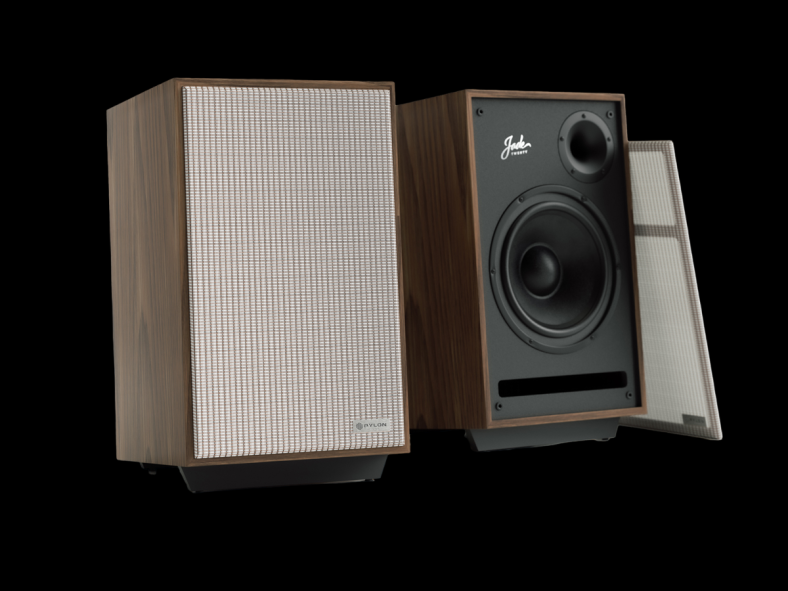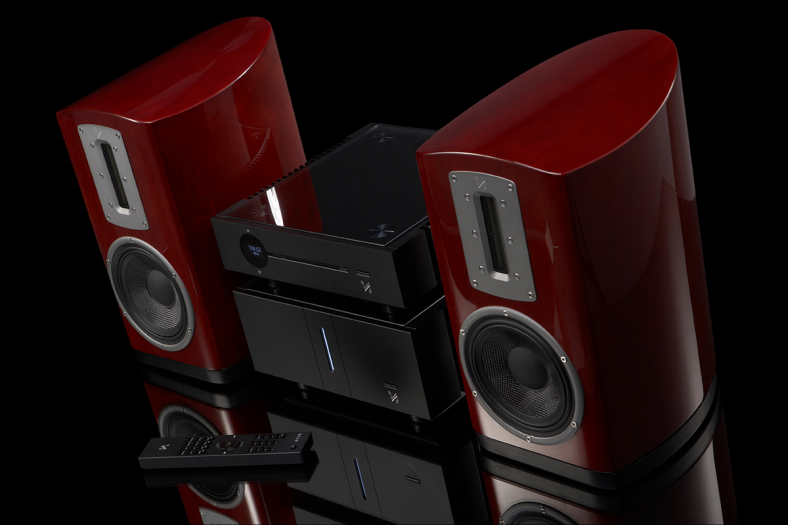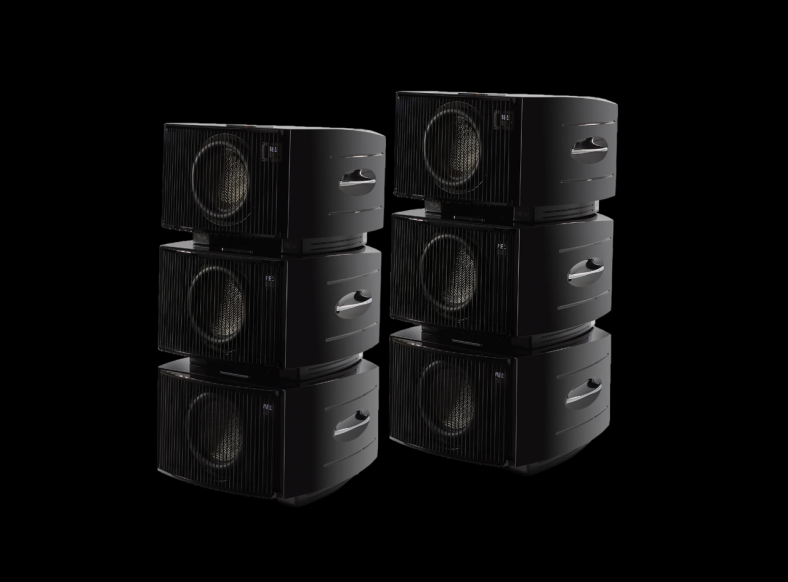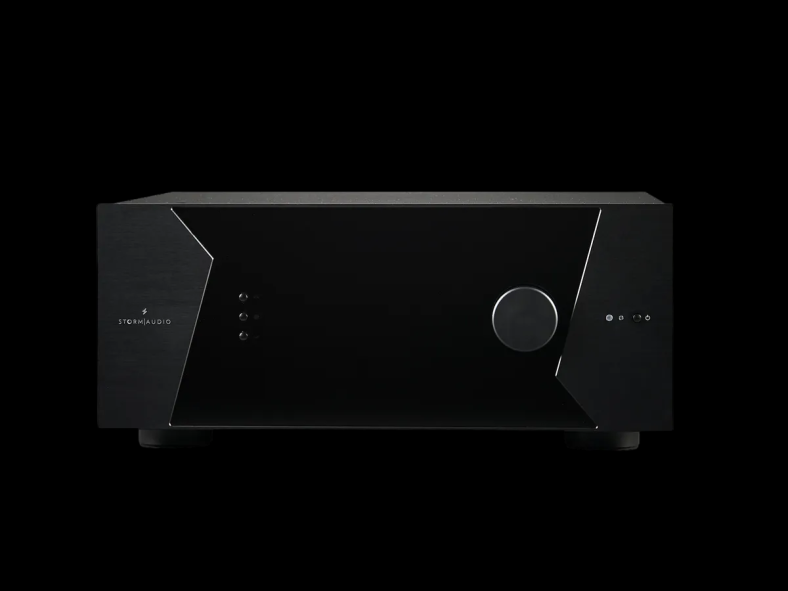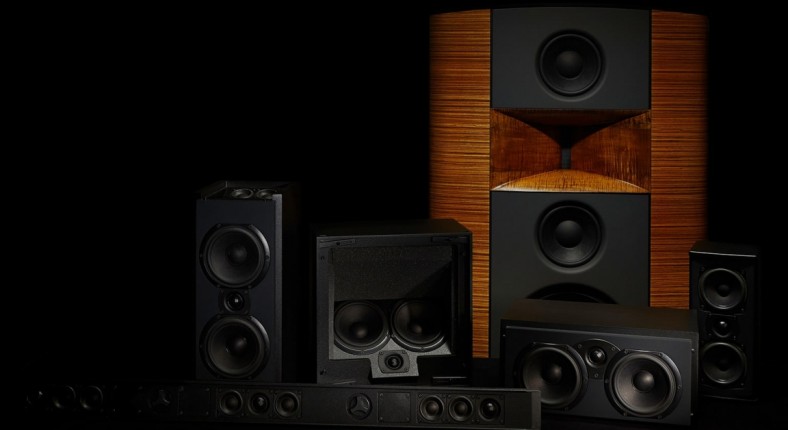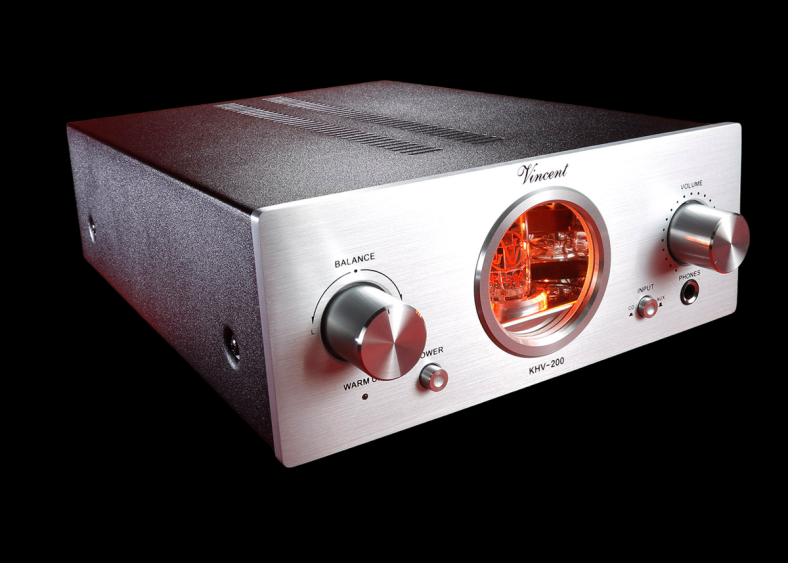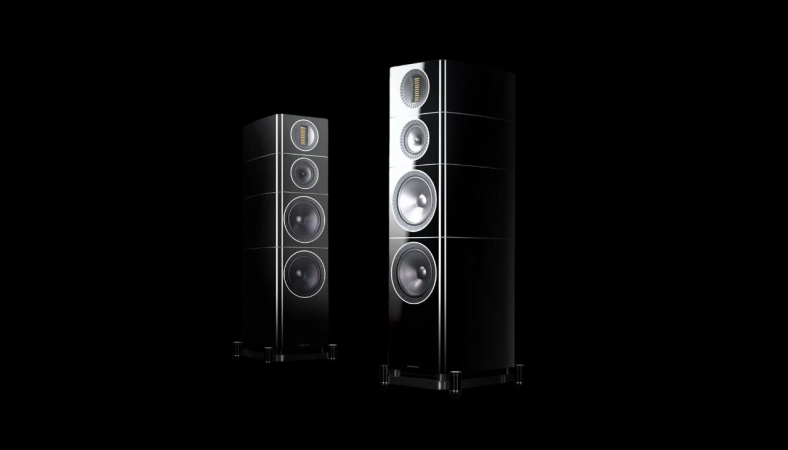The company was started by Gale Martin Sanders, who became interested in electrostatic technology in the mid-1970s and was convinced that such technology would be able to provide superior sound quality, frequency response flatness, and a wider frequency range. Having two degrees, musical and architectural, he was neither a musician nor an architect. Instead, he designed electric guitars, amplifiers and pickups, and also made a living selling recording equipment. As a developer, Gale Sanders was and remains an uncompromising person; he destroyed all his developments, the sound quality of which was unsatisfactory, so that no artifacts in the form of any early works or prototypes have survived since then.
At that time, the technology had existed for about 30 years, but was unable to reproduce bass normally, and the components were large and low in reliability - Sanders took up the solution to these problems. In 1978, he began to study in depth the technical literature on electrostatics in the library of the University of Kansas and by 1979, after a series of studies, he began to understand for himself what the design of the future system should be.
Key stages in the history of Martin Logan:
1979
Physicist and electrical engineer Ron Sutherland joined Gale Sanders's company and began developing a fundamentally new electrostatic loudspeaker.
1981
They developed the world's first practical model, the Monolith, which made a splash at the world's largest consumer electronics show, CES, in 1983 and marked the start of a new company, MartinLogan.
The company did not stop there and was constantly looking for new ideas for development, introducing new versions of the Monolith model and developing new models.
1997
The Statement E2 speaker system was introduced, which became a sensation for its time - the model had incredible sound quality, neat and compact shapes and was superior to traditional speaker systems. Martin Logan Statement E2 has received many prestigious awards, which confirms the success of this model.
For all its perfection, Statement E2 had one very big drawback - the price of $100,000. It was one of the most expensive speaker systems in the world.
2003
The Clarity model was created, combining all the advanced technologies and high-quality sound of MartinLogan with a much more affordable price tag of $3,500, while retaining all the main advantages of its predecessors. In the same year, EISA experts recognized the Clarity models as the best acoustics in the High End Audio category.
In the mid-2000s
The MartinLogan line of cinema acoustics was formed. The company's product range includes subwoofers of various classes and powers, as well as electrostatic satellites, central channel speakers and universal electrostatic LRC speakers. Around the same time, the company's line was replenished with built-in and compact designer acoustics, made using traditional dynamic drivers, dome and proprietary ribbon tweeters. But the main role in the range is still played by full-size electrostats, which are equally successfully used both in stereo and as front acoustics in high-end cinema installations.
2011
MartinLogan released the Electro Motion line of acoustics, which can be called the quintessence of the company's modern technologies, since it included the Electro Motion ESL electrostatic loudspeaker, acting as a front pair, and Motion dynamic acoustics, equipped with a proprietary ribbon tweeter. An important point reflecting the development trend of electrostatic acoustics is another reduction in price. The Electro Motion ESL model costs about $2,500, depending on the type of finish.
The main highlight of the Motion line and one of MartinLogan's newest developments is the original Folded Motion ribbon tweeter. Its working surface is eight times larger than that of a conventional dome tweeter with a standard diameter of 25 mm. Folded Motion works quite unusually. The emitter looks like a wide ribbon folded in waves. Under the influence of a useful signal, the folded tape is compressed from the sides, like the bellows of an accordion, and air is squeezed out of the folds. This is how the tweeter reproduces sound.
Martin Logan today
Truth in sound is the MartinLogan philosophy. Our mission is to use this unique and amazing technology to convey the most complex musical passages as faithfully as possible to the original source. If immersive, lifelike audio fidelity is important to you, you owe it to yourself to hear MartinLogan.
